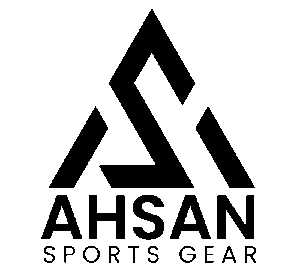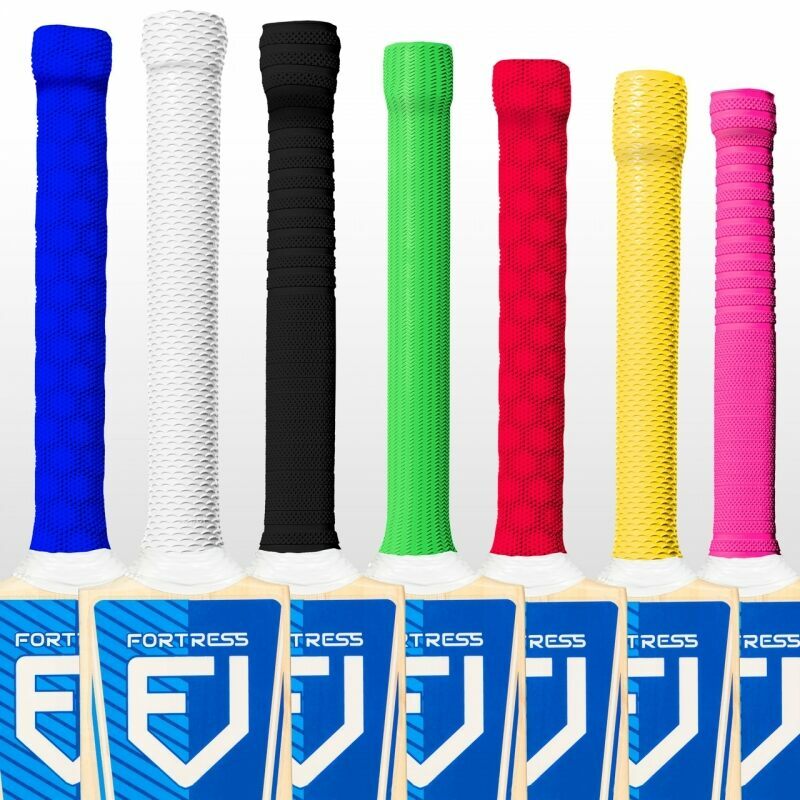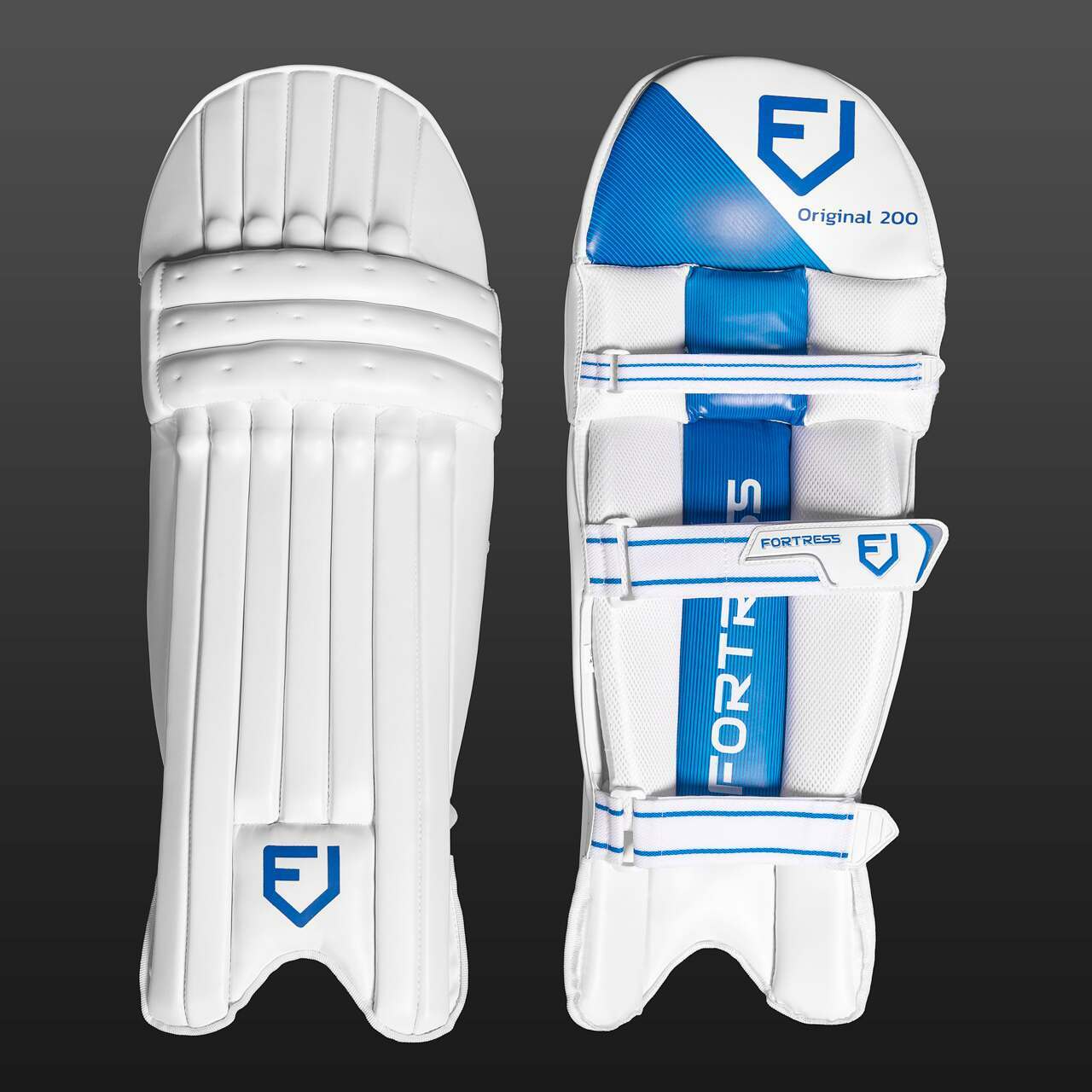Hockey Ball Weight
Hockey Ball Weight are precision-engineered sporting equipment with specific weight and dimensional requirements that vary across different playing environments and competitive levels. This comprehensive exploration delves into the intricate world of hockey ball weights, standards, and specifications.
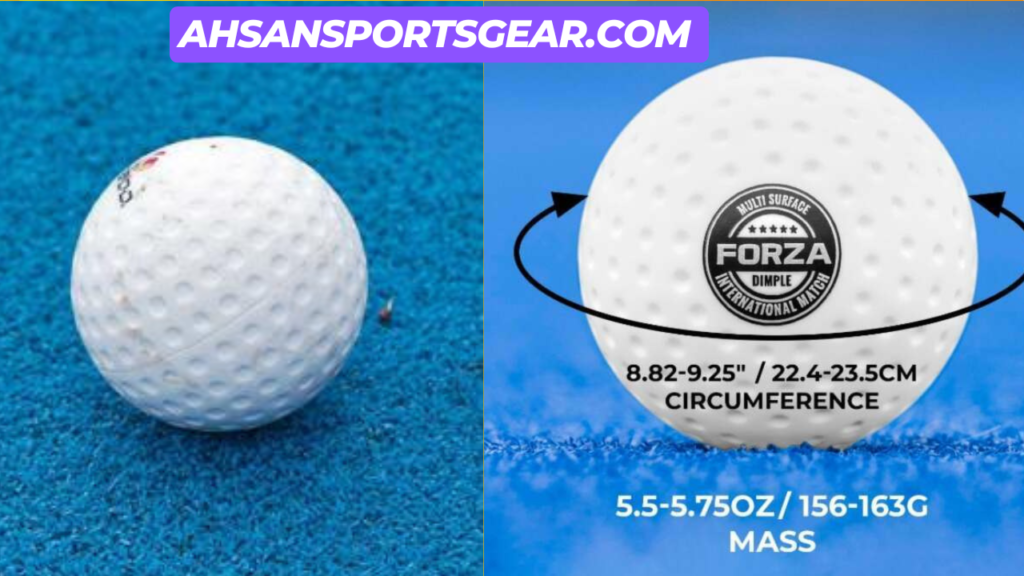
Fundamental Weight Specifications
The International Hockey Federation (FIH) has established precise weight standards for hockey balls:
- Standard Weight Range: 156-163 grams
- Precise Measurement: Balls are weighed to an accuracy of 0.01 grams
- Acceptable Tolerance: Maximum variation of 7 grams between balls
Weight Variations Across Different Hockey Formats
Field Hockey Balls
- Standard Ball: 162 grams
- Mini Ball: Approximately 104 grams
- Outdoor Balls: Typically white with dimpled surface
- Indoor Balls: Similar weight, different surface characteristics
Specialized Hockey Balls
- Temperature-Specific Balls
- H-5 PRO Ball: Designed for 60-85 degree temperatures
- Cold Weather Balls: Lighter construction for consistent performance
- Surface-Specific Balls
- Global Category Balls: Optimized for wet turf
- National Category Balls: Designed for sand-dressed surfaces
Detailed Weight Testing Protocols
The FIH employs rigorous testing procedures to ensure ball consistency:
- Conditioning Environment: 23 ± 1°C temperature
- Humidity Control: 55 ± 5% relative humidity
- Testing Procedure:
- Weigh each ball separately
- Measure to 0.01g accuracy
- Report to 0.05g precision
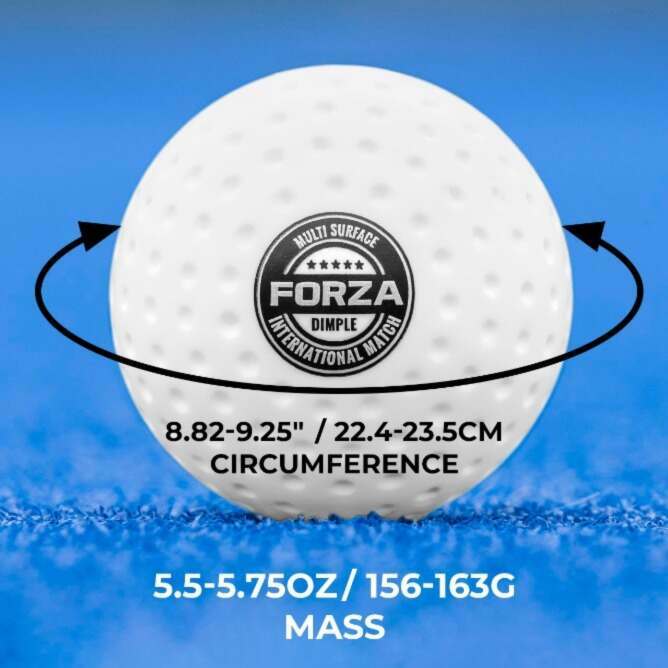
Performance Characteristics Related to Weight
Impact of Weight on Ball Behavior
- Rebound Height: 575 mm ± 75 mm
- Drop Test: Five free-falls from 2 meters
- Temperature Variations: Tested at +5°C, +23°C, and +40°C
Manufacturing Considerations
Hockey balls are constructed with precision:
- Materials: Solid plastic
- Optional Core: Sometimes includes cork
- Surface: Smooth with permitted indentations
- Color: Typically white, with approved contrast options
Dimensional Specifications
Beyond weight, hockey balls have strict dimensional requirements:
- Circumference: 22.4-23.5 cm
- Diameter: 71.3-74.8 mm
- Diameter Tolerance: ± 1.75 mm
- Maximum Diameter Variation: 0.75 mm on a single ball
Specialized Ball Categories
- Global Category Balls
- Highest performance level
- Ideal for international competitions
- Meets elite player expectations
- National Elite Category Balls
- Acceptable performance standards
- Suitable for lower-level competitions
- Training-friendly design
Weight Implications for Different Playing Surfaces
Turf Variations
- Wet Turf: Requires specific ball weight distribution
- Sand-Dressed Surfaces: Needs specialized ball characteristics
- Indoor Surfaces: Unique weight and bounce requirements
Technical Testing Protocols
The FIH conducts comprehensive ball evaluations:
- Mass Verification
- Dimensional Measurements
- Surface Characteristics
- Rebound Performance
- Hardness Testing
- Durability Assessment
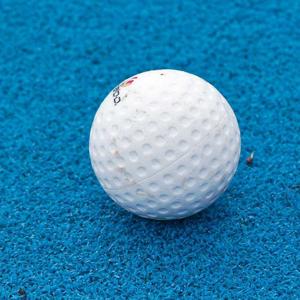
Conclusion
Hockey ball weights are not arbitrary but meticulously engineered to ensure consistent performance across diverse playing conditions. From professional international matches to local training sessions, these precisely weighted balls represent the intersection of sports science and athletic precision.
The continuous evolution of hockey ball design reflects ongoing technological advancements, providing players with equipment that meets increasingly sophisticated performance standards.

